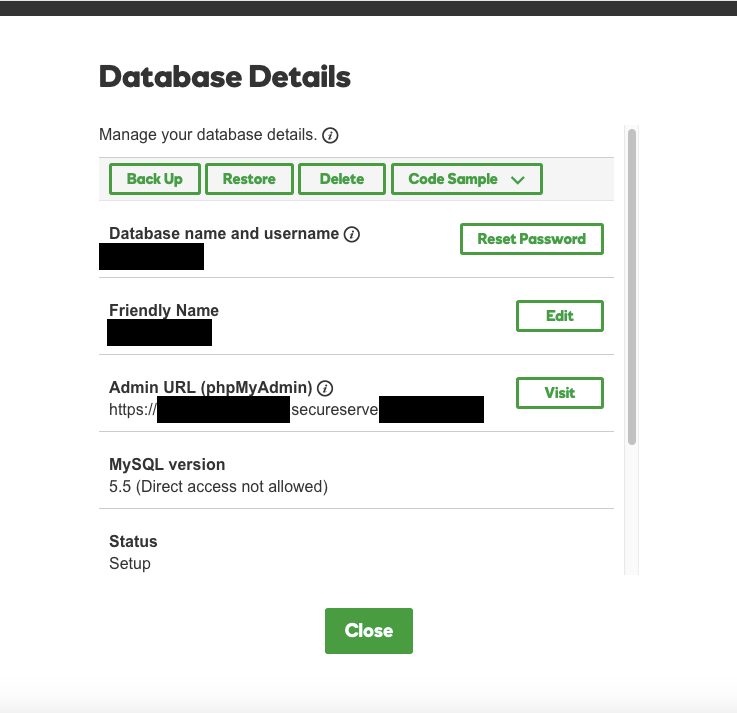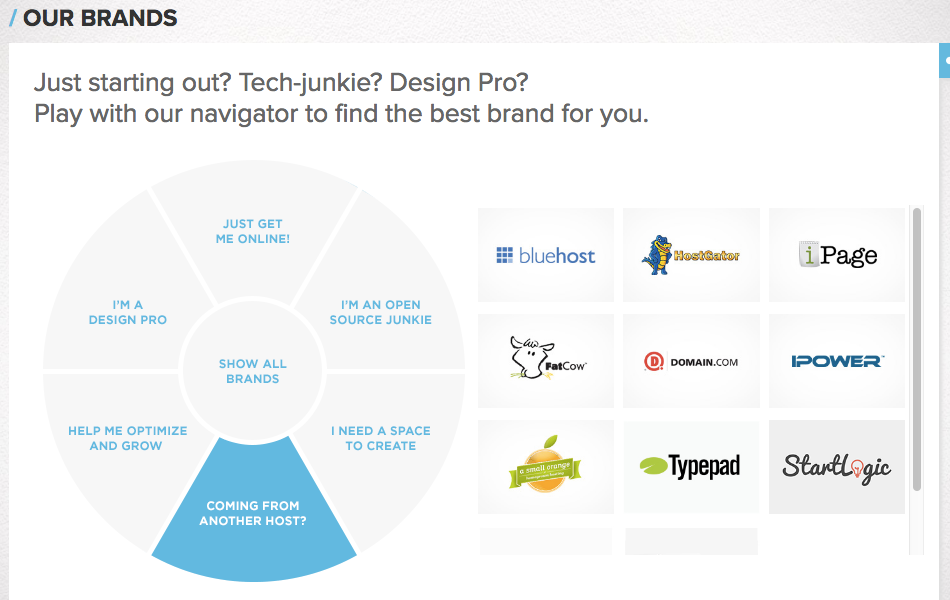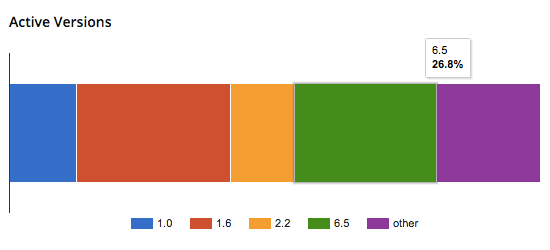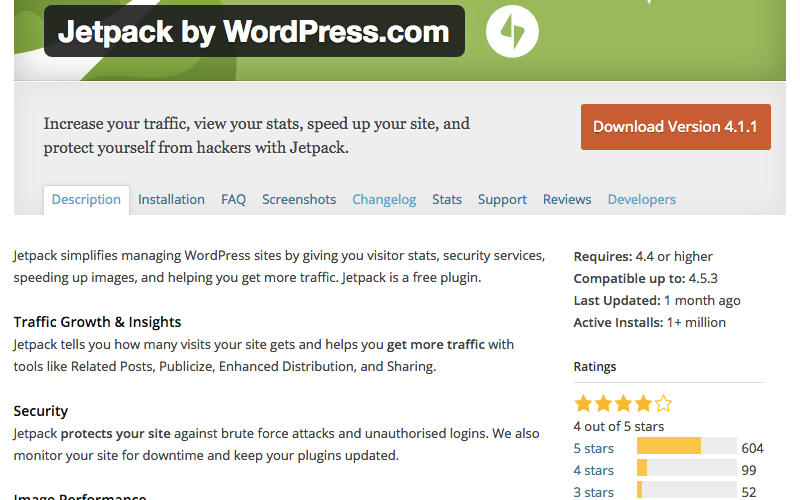As we have continued to hear more troubling stories from the public about the web security SiteLock’s business practices and seen the damage they can cause, we have been very troubled that other organizations would provide them with legitimacy by getting involved with them.
One set of organizations is the various web hosts that had partnered with them. We recently found that the CEO of the parent company of many of those web hosting partners is also the owner of SiteLock, so it isn’t surprising that those web hosts wouldn’t have a problem with what is going on since their CEO is in on it. It would seem the others are getting paid handsomely to help them out.
Due to SiteLock discovering a couple of vulnerabilities in WordPress plugins some time ago, we had started following their blog for Plugin Vulnerabilities service. While no more vulnerabilities were disclosed on the blog, we did start noticing that they were sponsoring and attending quite a few of the official conferences for WordPress, WordCamps (and oddly giving presentations unrelated to security, including Creating a Digital Download Business – What to Sell, How to Sell It and Shortcuts to Success. and Contact Forms are Boring – 5 Creative Ways to Use Forms in WordPress.). That seems like a really bad idea, considering that imprimatur of WordPress is then connected with this company, provided them legitimacy they shouldn’t have.
There is also the issue that money that SiteLock makes taking advantage of people funding these WordCamps, which seems to be reasonable to consider as a moral and ethical issue.
It also doesn’t seem to be great idea to have a company that has shown that they lack a basic understanding of how WordPress responds to security isues, leading them falsely claim that WordPress website contain critical vulnerabilities, involved with WordPress events.
Just in the next couples of weeks SiteLock is sponsoring WordCamps in Pittsburgh, Raleigh (with a presentation also not security related, Using Curated Content in WordPress—Why and How), and Dallas. They are also a sponsor of the WordCamp for the whole US in December.
We would like be able to give you WordPress and WordCamp’s side of the story as to why they have are involved with SiteLock, but it has been a week since we contacted them with the following email asking for comment and we haven’t received any response:
We are writing a post about the fact that the security company SiteLock is being allowed to sponsor and attend numerous WordCamps despite be well known for taking advantage of its customers.
We first became aware of their practices after we had written a number of posts about other issues we had noticed involving them and then we started getting contacted by people who had been take advantage of by them, http://www.whitefirdesign.com/blog/2016/05/03/it-looks-like-sitelock-is-scamming-people/. There are a litany of complaints that can be see if you do a search on Google for something like “SiteLock scam”, including this page with numerous complaints https://sitelock.pissedconsumer.com/. While some of the complaints seem to be unfair to them, there is a pretty clear pattern of actions that seem quite problematic, to say the least.
We would like to include in our post any comment you might have as to why they are allowed to sponsor and attend WordCamps in light of that, so that the public has a better understanding of why WordCamps would get involved with such a company and take money that has been made by taking advantage of people. We would also like to include in our post any comment you might have as to any restrictions you place on what kinds of companies can sponsor and attend WordCamps.
If they were not aware of SiteLock’s reputation before, it seems that could have at least indicated that and that they reviewing things, but the lack of response points to them being aware of what SiteLock does and being okay with being involved with them.
If would like to let them know how you feel about that you can contact the central organization for WordCamp’s here. You also might want to contact ones happening locally that SiteLock is involved in, to see if they are aware of what one their sponsors is up to.
Hosting Recommendation Too
This isn’t the only Sitelock connection with WordPress. As we discussed in a recent post, one of the owners of Sitelock is also the CEO of a major web hosting provide, Endurance International Group. Endurance has many brand names they provide web hosting under, one of those being Bluehost. Bluehost has come up repeatedly in complaints about Sitelock. Bluehost is also one of the web hosts listed on the Hosting page on wordpress.org:
That page has a top level menu link of the website, so we would assume that brings in a lot of business to them.












